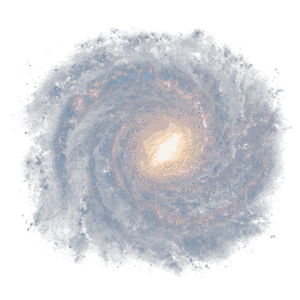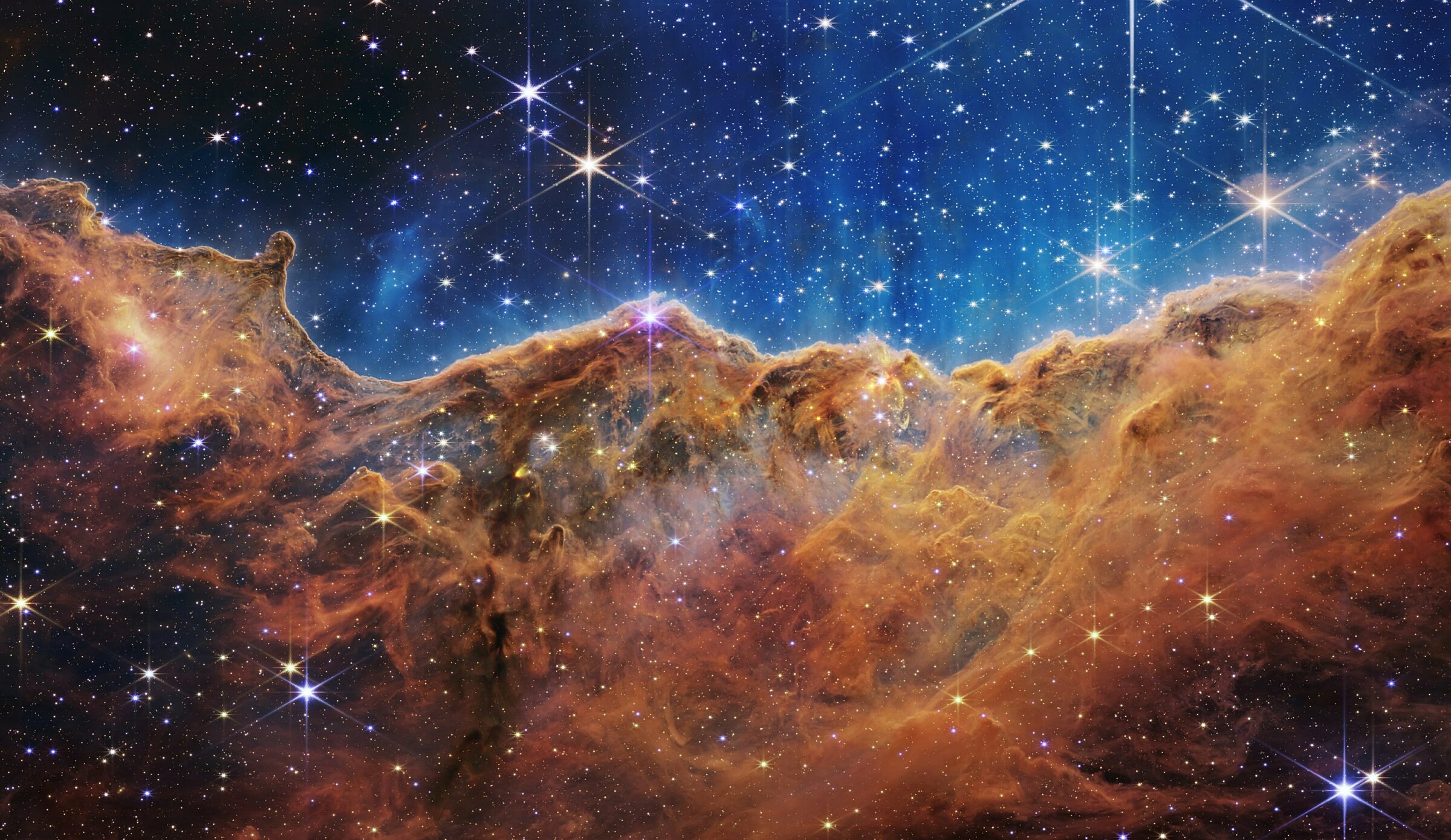The Downlink • Jul 15, 2022
Love at first sights
Space Snapshot

NASA’s newest, most powerful space telescope JWST revealed its first science images this week, including this deep field image. The telescope collected light from a tiny, seemingly empty patch of space and revealed a stunning array of galaxy clusters, some more than 13 billion light-years away. JWST’s sharp infrared imaging capabilities brought out faint structures in these extremely distant galaxies, providing the most detailed view of the early universe to date. Image credit: NASA/ESA/CSA/STScI.
You love space, now take action
This weekly newsletter is your toolkit to learn more about space, share information with your friends and family, and take direct action to support exploration. Anyone can subscribe at planetary.org/connect to receive it as a weekly email.
Fact Worth Sharing

JWST’s deep field image showcases the telescope’s phenomenal power. In just 12.5 hours of light collection, JWST saw farther and more clearly than the Hubble Space Telescope’s deepest fields, which took weeks to collect.
Mission Briefings


JWST isn’t just about far-away galaxies. The mission team also released preliminary images of Jupiter as well as spectral data (pictured) collected from observations of an exoplanet, showing the presence of water in its atmosphere. JWST’s ability to study worlds around other stars has the potential to yield astonishing new discoveries in the search for life beyond Earth. Image credit: NASA/ESA/CSA/STScI.

SpaceX may have been grateful that the world’s eyes were on JWST this week. The company's Super Heavy rocket booster prototype exploded during tests on a launchpad in Texas on Monday. The system is integral to SpaceX's ambitions of building human settlements on Mars.

NASA’s Perseverance rover collected its ninth rock sample on Mars. The sample comes from a former river delta, an area where life could potentially have existed in the past. The sample will be cached for return to Earth by a future mission.
From The Planetary Society


JWST is in many ways “the new Hubble.” But while JWST is sometimes called Hubble’s replacement, NASA thinks of it as a successor. We explain the difference between the two telescopes, and what you can expect to learn from JWST’s observations within and beyond our Solar System. Pictured: JWST’s view of the Carina Nebula, which was also imaged by Hubble. Image credit: NASA/ESA/CSA/STScI.

JWST is bringing us into a new era of planetary science and exploration. By peering at planets around other stars as well as worlds in our own Solar System, this powerful instrument will give humanity new insights into the Cosmos we inhabit. Astrophysicist Tom Greene of the NASA Ames Research Center joins this week’s Planetary Radio to talk about the exoplanet research he’ll be doing with JWST in an episode celebrating the release of the telescope’s first images.

Ceres has recently been promoted to one of the most intriguing classifications of all — an ocean world. The dwarf planet is thought to have liquid water beneath its crust, making it the nearest ocean world to the Earth. Read about the Ceres sample return mission now being recommended as a priority for NASA’s New Frontiers program.
Some out-of-this-world prizes await you

Planetary Society partner Lunar is running a contest to give away extraordinary prizes, including a high-altitude balloon ride to the edge of space, an opportunity to meet our CEO Bill Nye at Planetary Society headquarters in California, and a Zero-G flight. There are lots of ways to enter, including completely free actions.
Wow of the Week

We just can’t get enough of these new JWST images. This one shows Stephan’s Quintet, a group of five galaxies located about 290 million light-years away in the constellation Pegasus. Four of the five galaxies in Stephan's Quintet regularly interact with each other, creating the stunning display we see here. NASA's JWST was able to show shock waves, tidal tails, and more astonishing details about these distant galaxies. Watch Planetary Society board member Robert Picardo’s response to these stunning new images. Image credit: NASA/ESA/CSA/STScI.
Send us your artwork!
We love to feature space artwork in the Downlink. If you create any kind of space-related art, we invite you to send it to us by replying to any Downlink email or writing to [email protected]. Please let us know in your email if you’re a Planetary Society member!


 Explore Worlds
Explore Worlds Find Life
Find Life Defend Earth
Defend Earth


